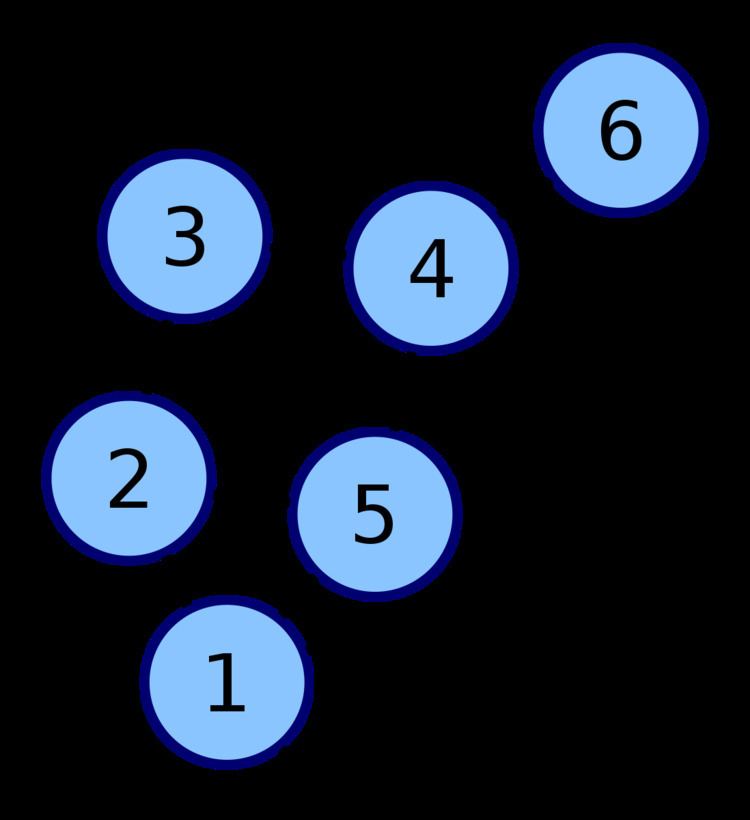 | ||
In graph theory, a loop (also called a self-loop or a "buckle") is an edge that connects a vertex to itself. A simple graph contains no loops.
Depending on the context, a graph or a multigraph may be defined so as to either allow or disallow the presence of loops (often in concert with allowing or disallowing multiple edges between the same vertices):
Degree
For an undirected graph, the degree of a vertex is equal to the number of adjacent vertices.
A special case is a loop, which adds two to the degree. This can be understood by letting each connection of the loop edge count as its own adjacent vertex. In other words, a vertex with a loop "sees" itself as an adjacent vertex from both ends of the edge thus adding two, not one, to the degree.
For a directed graph, a loop adds one to the in degree and one to the out degree.
